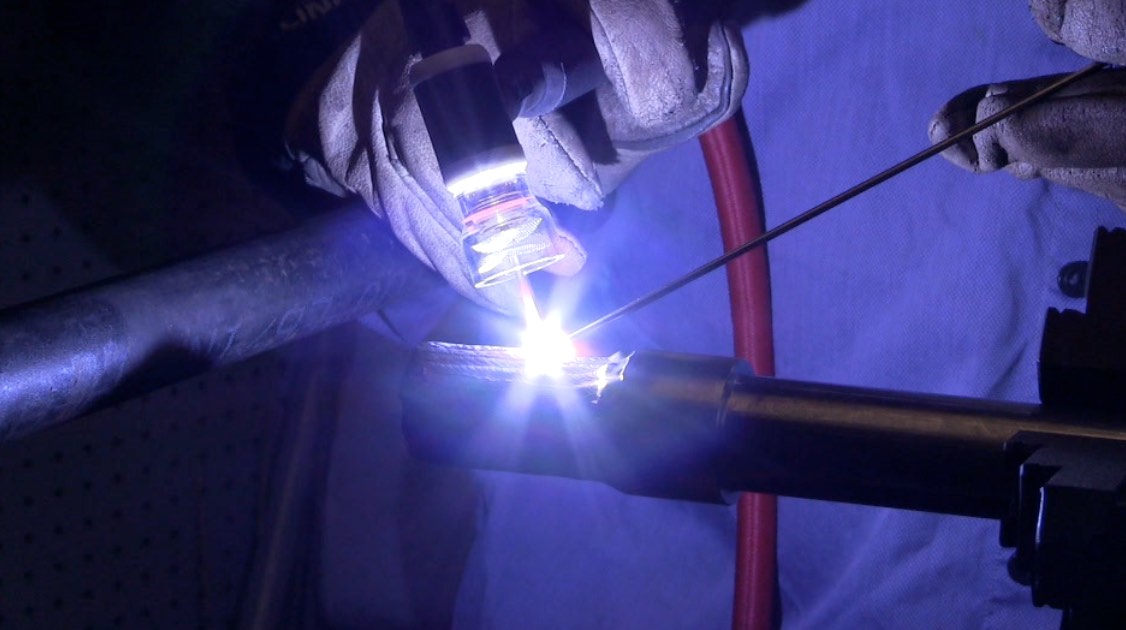Carbide Precipitation and Tig Welding a Keyway
Carbide Precipitation is a condition that happens when 300 series austenitic stainless steels are kept too hot for too long.
The reason I am talking about that is ...
Today I shot a video on how to tig weld a keyway in a stainless shaft.
or rather ....how to fill a keyway with weld metal so that it can me re-machined.
I have done side work for machine shops for several years now and this is typical repair that you might get if you do welding for machine shops. …it might need welding because the keyway is worn from chatter, or the diameter of the shaft might be worn down and the machinist deemed it better to just build the whole diameter up and then cut a new keyway.
It doesn’t really matter why,
The same techniques apply.
The keyway I am welding up today is on a shaft that I retrieved from a scrap pile and its made from 300 series stainless steel.
304 is the most common type of stainless steel and as with any 300 series austenitic stainless steel, when you are welding multiple passes, things get pretty hot.
Which is why I am talking about ...
carbide precipitation
Stainless Steels contain Chromium, Nickel, manganese, and a very small amount of carbon. ( the L in 304L indicates low carbon)
Chromium and Carbon have a affinity for each other.
When 300 series stainless steels are held in the temperature range of 900-1600f, chromium and carbon migrate toward each other and if the metal is held at those temperatures for long enough, chromium and carbon particles combine to form chromium carbides.
The problem with that is that this allows for chromium deficient areas at grain boundaries.
Since chromium is the main thing that provides corrosion resistance, and the grain boundaries become depleted of chromium, intergranular corrosion occurs at grain boundaries and severely weakens the metal just as termites weaken a wooden structure.
Think of grain boundaries as mortar joints in a rock or brick wall.
If there were such a thing as mortar termites, and the mortar joints were all compromised, the wall would not be strong.

Ways to prevent carbide precipitation
Time at Temperature...that's the issue.
So taking steps that reduce the time a heat affected zone is held within the 900-1600f zone are the things that will help to prevent carbide precipitation.
- Interpass temperature...make sure to let a part cool between weld passes
- chill blocks or heat sinks can help by reducing the time a metal stays in the sensitization temperature zone.
- using as low a heat input as practical.
- Speed cooling austenitic stainless steel can help also
- increasing travel speed can help
- usually a combination of the above is most effective.













